
Japan Domestic consumer PV roof system
2023-12-08 17:19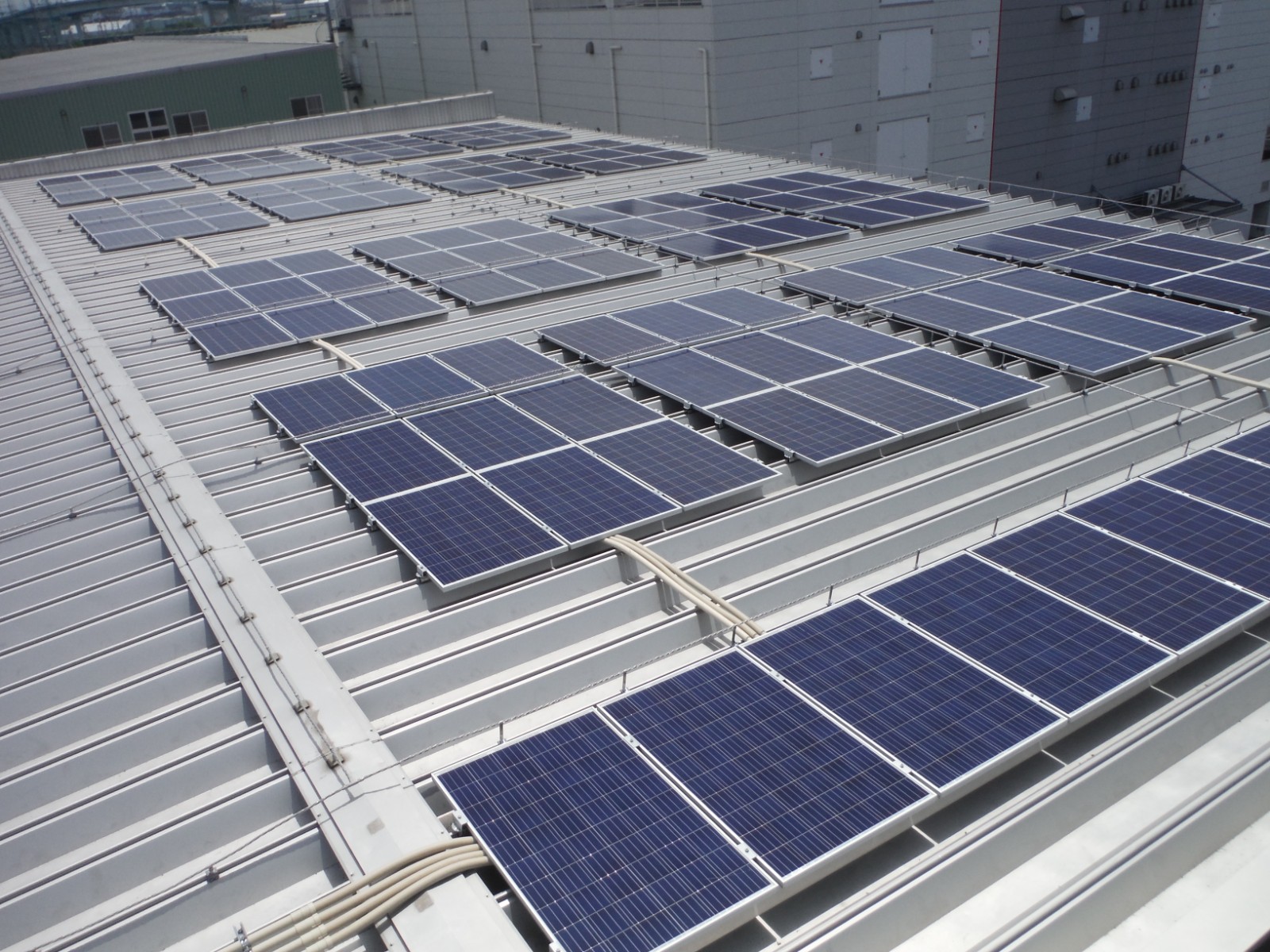
Understanding Japanese roof types and developing PV fixtures suitable for various roof types has become an urgent need for the Japanese market.
Japanese roofs are diverse and there are many types of roofing materials used. Due to limited space, this time I will first introduce to you the folding panel roof and the suitable solar photovoltaic fixtures among the metal roofs with the highest proportion.
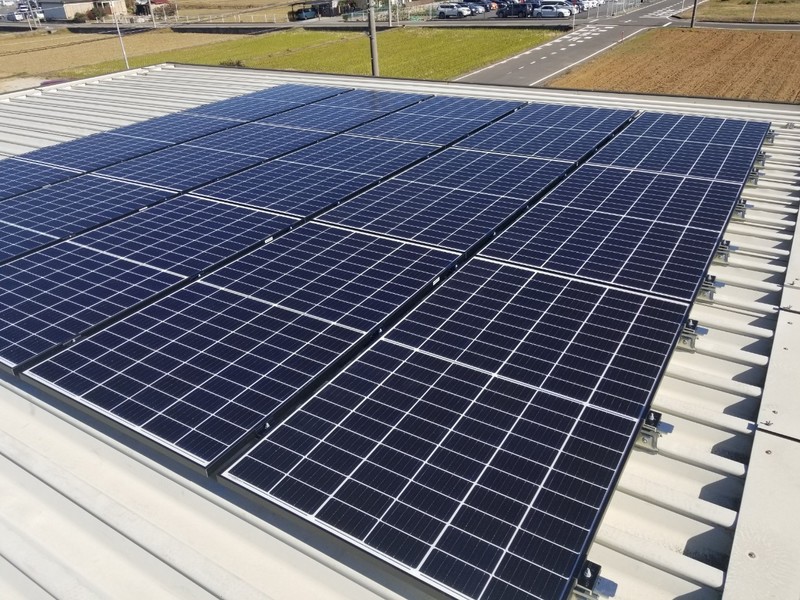
Use steel plates with a thickness of 0.6~1.2mm to form a larger height. This is a construction method in which tight frames are installed on the beam at intervals of about 3mm to 7mm and fixed directly to the beam.According to the different joining methods, there are mainly (1) seam type, (2) overlap type, (3) plug-in type.
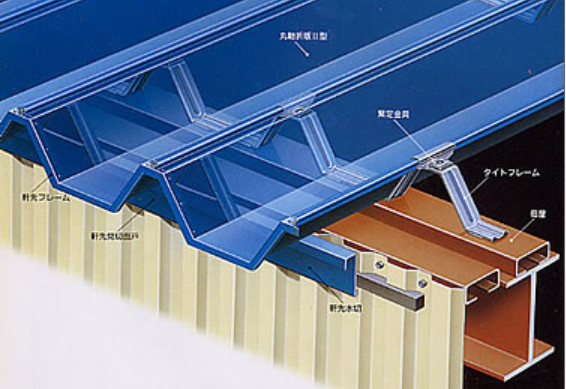
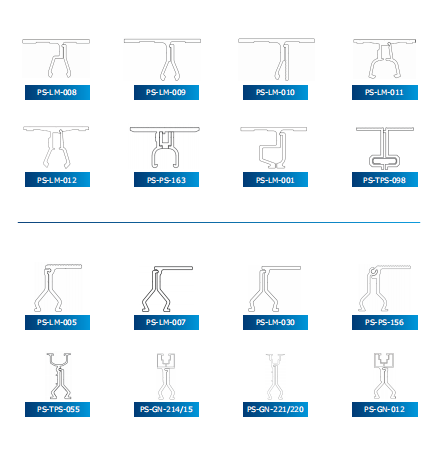
Clamp the fastening fittings attached to the tight frame (fixed to the beams by welding) between the ends of the two pieces of metal roofing material and wrap and tighten them with an electric seam sealer (clamping machine) to make them waterproof Sex is excellent. This is an economical method that reduces costs because the roof is completed by simply overlapping the roof clamping seams and bolts are no longer required.

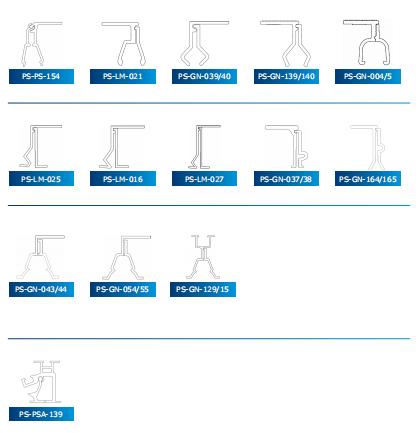
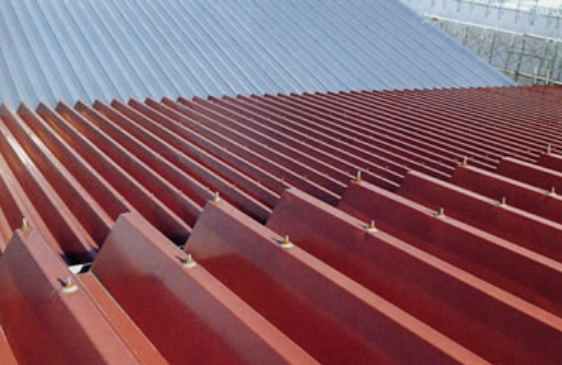
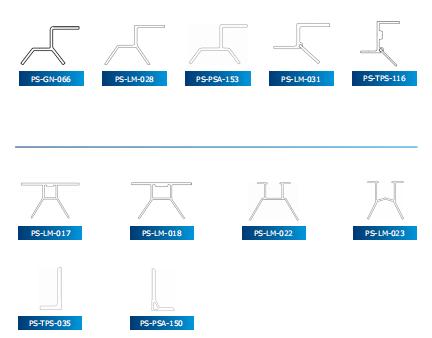
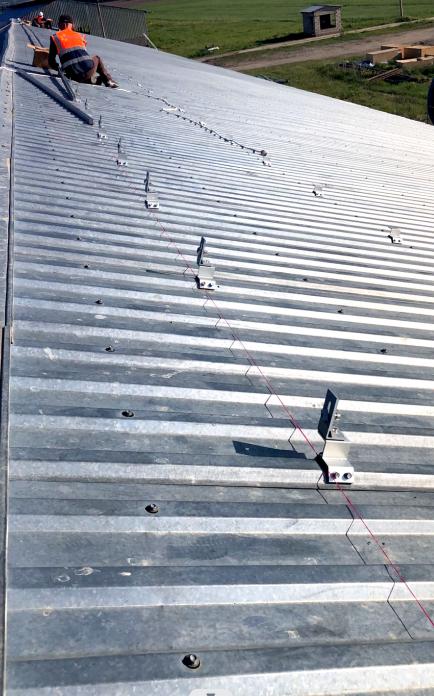

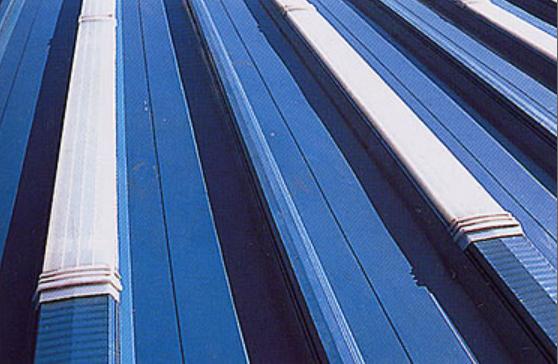

This construction method involves joining two metal roofing materials to a tight frame with hangers (fasteners) and installing caps over the joints so that no bolts protrude from the roof surface and the roof looks clean.
That's all for this introduction,we will continue to introduce other types of roofs and suitable roof photovoltaic fixtures in the future, so please continue to pay attention to the Xiamen Powerstone.
